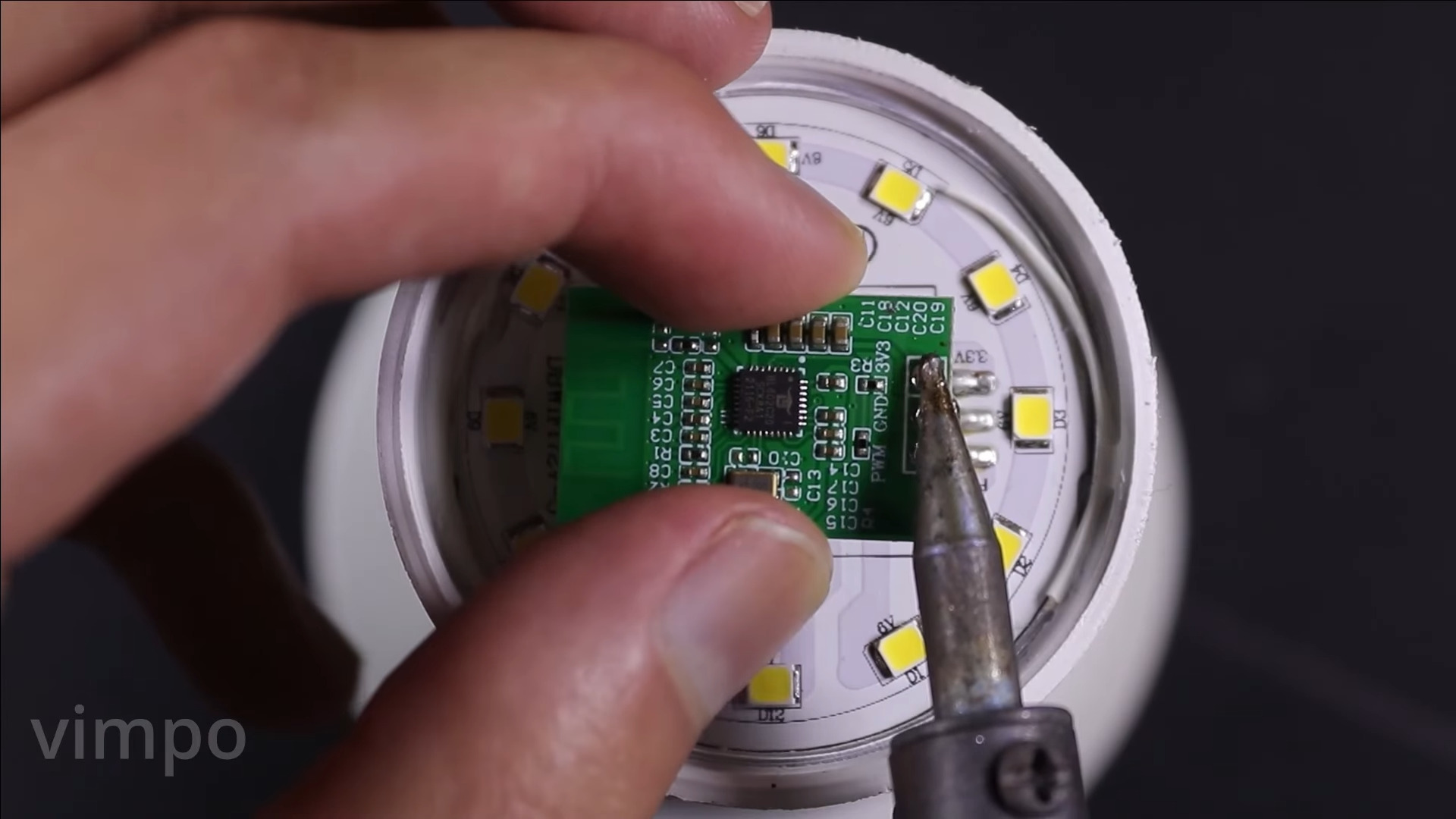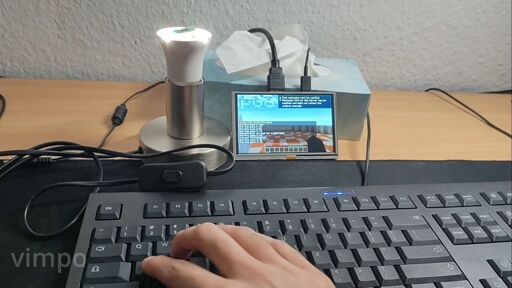We’ve seen Doom running on all sorts of low-powered hardware, but it looks like it might be Minecraft’s turn in the sun. YouTuber and minimalist hardware extraordinaire Vimpo has created a tiny custom Minecraft server implementation for machines with limited resources—and to show off its potential, they’ve got it running on a smart bulb, of all things.
The Aliexpress-bought Wi-Fi lightbulb had the glass structure sawn off with a serrated knife, exposing the tiny BL602 RISC-V chip inside, before the board was soldered to a surrogate microcontroller with an appropriate USB port and a few extra wires. This looks to have enabled the now Frankenstein-ed bulb board to run Vimpo’s own Minecraft server implementation, called Ucraft.
Controlling the bulb-based server with the help of a few other devices, including a small external display and a full-sized keyboard that frankly dwarfs every other piece of hardware involved, results in a very-playable looking implementation.
If you’d like a poke around in Ucraft’s files, Vimpo has uploaded their work to GitHub. The server binary size is a mere 46 KB without the authentication library and 90 KB with it onboard, while the memory usage is said to be (in a ‘worst-case scenario’) 70 KB with 10 players on the server.
Which is… well, pretty astonishing really. The resultant world isn’t exactly infinite, though, as the stripped-to-the-bone server code is only capable of handling basic minigames like TNT run, with a very limited block and map size. Still, it’s running, it looks playable, and it’s being powered by a lightbulb. Beat that, Doom enthusiasts.

(Image credit: Vimpo)
Which brings me to my favourite part. As Vimpo demonstrates the server running on the device, it occasionally flashes, as if to alert anyone in its perimeter that it’s being used for tasks far beyond its original design. “Help”, the bulb seems to scream as its internals are pushed to their limits. “This world was not meant for me.”
Nevertheless, it’s a smart device being used for something actually smart, like playing our beloved games. We’ve seen whole computers built in Minecraft worlds before, but the block-building extravaganza running on a tiny domestic necessity? That’s a new one on me.
From PCGamer latest via this RSS feed


